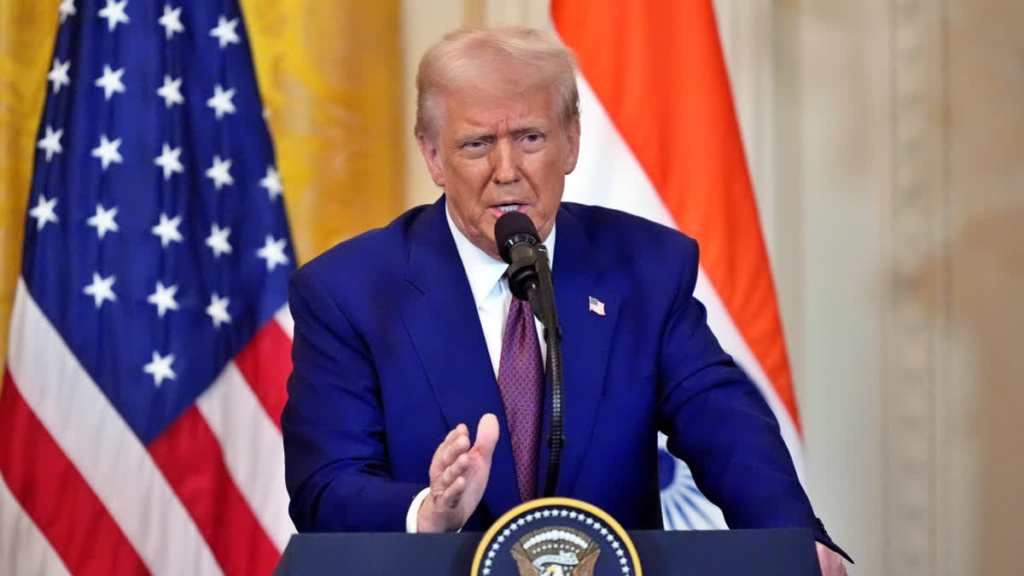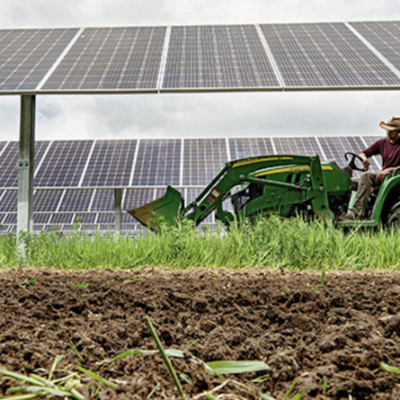Donald Trump, the 45th President of the United States, has been a central figure in American politics for decades. Known for his time as a real estate mogul, television personality, and ultimately as president, Trump’s involvement in federal policy has spanned various sectors. One key area that has attracted attention during and after his presidency is his approach to federal grants. Federal grants are essential tools used by the U.S. government to fund various projects, initiatives, and programs aimed at improving public services, infrastructure, and research. Trump’s relationship with federal grants, however, has been both controversial and transformative, depending on the perspective from which it is viewed.
What Are Federal Grants?
Federal grants are financial awards provided by the U.S. government to support a wide range of activities that benefit the public. These grants are given to individuals, non-profit organizations, businesses, and state and local governments. They cover everything from scientific research and environmental conservation to education, healthcare, and public infrastructure projects. Unlike loans, federal grants do not require repayment, making them a crucial resource for many sectors.
Trump’s Approach to Federal Grants as President

During Donald Trump’s presidency (2017–2021), federal grants continued to play an important role in U.S. governance, but his administration’s approach to granting and the allocation of these resources differed from previous administrations in certain ways.
1. Reduction in Federal Grant Programs
One of the hallmark approaches of the Trump administration was its focus on reducing the size of government. This philosophy carried over into the way Trump’s team handled federal grants. Many federal grant programs were cut or received reduced funding during his time in office. Trump’s budget proposals often targeted grant programs aimed at social welfare, environmental protection, and public health, seeking to scale back government intervention and promote private-sector involvement.
For example, the Trump administration proposed significant cuts to federal funding for programs related to housing, education, and the arts. Programs like the National Endowment for the Arts and the Low-Income Energy Assistance Program saw proposed reductions. Trump also focused on reducing federal spending on environmental conservation programs, which would have impacted grants for climate change initiatives and wildlife protection.
2. Focus on Business and Economic Development Grants
While social and environmental grants saw cuts, Trump’s administration was more favorable toward federal grants that supported business development, infrastructure, and economic growth. The Trump administration introduced several programs to promote job creation and economic investment, with a focus on business tax breaks, deregulation, and grants for infrastructure development. The Opportunity Zone program, which was part of the 2017 Tax Cuts and Jobs Act, aimed to attract private investment in economically distressed communities by offering tax incentives and federal support. These opportunities were often tied to federal grants aimed at fostering economic development in these regions.
Additionally, Trump promoted federal grants for small businesses, manufacturing, and workforce development, with an emphasis on supporting American industry and improving the domestic labor market. Trump’s “America First” policy extended to federal funding, directing more grants toward initiatives designed to bolster the economy and reduce reliance on foreign imports.
3. COVID-19 Relief and Emergency Federal Grants
Perhaps the most significant aspect of federal grants during Trump’s presidency was the unprecedented response to the COVID-19 pandemic. In 2020, the pandemic brought about a series of emergency federal grant programs aimed at helping businesses, healthcare organizations, and individuals impacted by the crisis. Trump signed into law several economic relief packages, including the CARES Act, which allocated hundreds of billions of dollars in federal grants and loans to support businesses, hospitals, and individuals.
One of the most notable federal grant programs established under the Trump administration was the Paycheck Protection Program (PPP), which provided forgivable loans to small businesses to keep their workforce employed during the pandemic. While this was technically a loan program, many recipients had their loans converted into grants if they used the funds appropriately, such as for payroll expenses.
Trump’s Controversial Use of Federal Grants

Trump’s approach to federal grants and funding has not been without controversy. Some critics argue that the administration’s focus on reducing grants for social welfare programs while boosting business and economic development grants disproportionately benefited wealthy corporations and industries at the expense of vulnerable populations. Additionally, Trump’s handling of federal grant money during the COVID-19 pandemic was the subject of much debate.
The Paycheck Protection Program, for example, faced criticism for providing loans to major corporations and high-profile businesses that did not necessarily need the financial assistance, leaving smaller businesses to struggle. Reports indicated that several publicly traded companies with large cash reserves received grants under the PPP, while small businesses with fewer resources were left waiting for relief. Critics argued that the program lacked adequate oversight, leading to allegations of misuse or abuse of federal funds.
Furthermore, the Trump administration’s decisions regarding environmental and climate change-related grants were met with resistance. Many environmental advocates argued that cutting funding for environmental grants not only hurt efforts to combat climate change but also slowed down research and innovation in renewable energy and conservation. Trump’s stance on climate change often clashed with scientific and environmental organizations, making the allocation of federal grants for environmental causes a contentious issue.
Trump’s Post-Presidency and Ongoing Influence on Federal Grants
Although Donald Trump is no longer president, his impact on federal grants continues to be felt in several ways. His administration’s policies on reducing the scope of government-funded programs, deregulation, and tax cuts for businesses have shaped the landscape for future federal grant allocations. The emphasis on supporting businesses and economic growth, particularly in distressed areas like Opportunity Zones, will likely influence future federal grant initiatives, especially those designed to stimulate the economy.
Moreover, Trump’s populist rhetoric surrounding federal funding—specifically his focus on “America First”—has sparked continued debate about how federal resources should be allocated. The argument about whether the U.S. should continue to support large corporations and industries through grants or whether these funds should be directed toward social welfare, environmental protection, and healthcare is likely to persist for years to come.
Conclusion
Donald Trump’s influence on federal grants was marked by both innovation and controversy. While his administration pushed for reductions in social welfare and environmental programs, it also prioritized grants that supported businesses, infrastructure, and economic development. The COVID-19 pandemic revealed both the strengths and weaknesses of federal grant allocation under his leadership, with some programs successfully supporting businesses, while others were criticized for inefficiency and lack of oversight.
As federal grant policies continue to evolve in the post-Trump era, the debates surrounding his approach to funding will remain central to discussions about the role of government in addressing social needs, economic development, and environmental challenges. Understanding the impact of Trump’s approach to federal grants is essential to navigating the future of public policy and financial aid in the United States.
Also Read: Snoop Dogg and Donald Trump: A Complex Relationship in the Public Eye






